Well Storage Tank replacement
mrmichaeljmoore
15 years ago
Related Stories
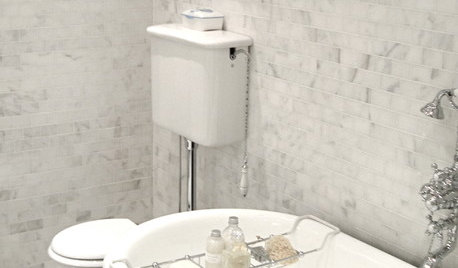
VINTAGE STYLEVintage Style: High-Tank Toilets
Homeowners are adding the feeling of yesteryear in today’s bathrooms
Full Story
DECORATING GUIDES12 Tips for Living Well in Your Loft or Studio
Short on storage? No separate bedroom? Here's how to maximize space and turn your loft or studio into a home that suits you to a T
Full Story
GREAT HOME PROJECTSHow to Replace Your Lawn With a Garden
New project for a new year: Lose the turfgrass for energy savings, wildlife friendliness and lower maintenance
Full Story
MOST POPULARKitchen Evolution: Work Zones Replace the Triangle
Want maximum efficiency in your kitchen? Consider forgoing the old-fashioned triangle in favor of task-specific zones
Full Story
FURNITUREOld Furniture: Clean, Reupholster or Replace It?
A veteran upholstery cleaner weighs in on the options for found, inherited and thrift store furniture
Full Story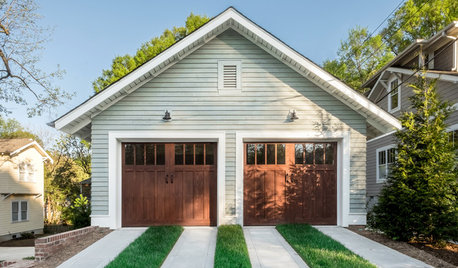
GREAT HOME PROJECTSHow to Replace or Revamp Your Garage Doors
Boost curb appeal and maybe even security with new garage doors. Find out cost ranges and other important details here
Full Story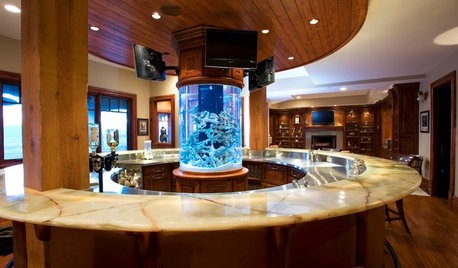
DECORATING GUIDESDesigning Nemo: 30 Fish Tanks Make a Decorative Splash
Bring an otherworldly glow and a calming vibe to your home with the living art of an aquarium
Full Story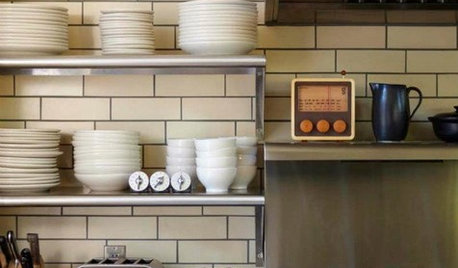
KITCHEN DESIGNCreate Your Own Checklist for a Well-Stocked Kitchen
Personalize the kitchen with your own must-haves from our list of top cooking tools, small appliances, pots, pans and more
Full Story
KITCHEN DESIGN7 Strategies for a Well-Designed Kitchen
Get a kitchen that fits your lifestyle and your design tastes with these guidelines from an architect
Full Story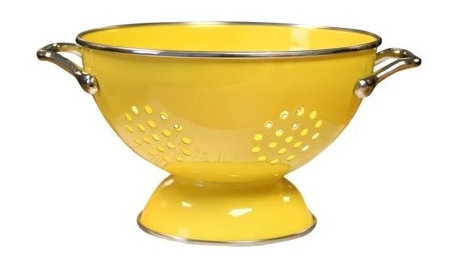
PRODUCT PICKSGuest Picks: The Well-Stocked Starter Kitchen
We’ve got all the kitchen basics and tableware you need (or that recent grad needs) to make cooking a joy
Full Story








maryland_irisman
mrmichaeljmooreOriginal Author
Related Professionals
Harmony Plumbers · Bethel Park Kitchen & Bathroom Remodelers · Blasdell Kitchen & Bathroom Remodelers · Deerfield Beach Kitchen & Bathroom Remodelers · Fremont Kitchen & Bathroom Remodelers · Glendale Kitchen & Bathroom Remodelers · Independence Kitchen & Bathroom Remodelers · Key Biscayne Kitchen & Bathroom Remodelers · Oceanside Kitchen & Bathroom Remodelers · Omaha Kitchen & Bathroom Remodelers · Pico Rivera Kitchen & Bathroom Remodelers · Skokie Kitchen & Bathroom Remodelers · Weston Kitchen & Bathroom Remodelers · Wilmington Kitchen & Bathroom Remodelers · Travilah Kitchen & Bath Fixturesjake2007
davidandkasie
jake2007
davidandkasie
mrmichaeljmooreOriginal Author
jake2007
mrmichaeljmooreOriginal Author
blindstar
jake2007
mrmichaeljmooreOriginal Author
jake2007
mrmichaeljmooreOriginal Author
jake2007
mrmichaeljmooreOriginal Author
jakethewonderdog
mrmichaeljmooreOriginal Author
jakethewonderdog
mrmichaeljmooreOriginal Author
jakethewonderdog
maryland_irisman
mrmichaeljmooreOriginal Author
jake2007
mrmichaeljmooreOriginal Author
jake2007
maryland_irisman
funnycide
wizzzer
wizzzer